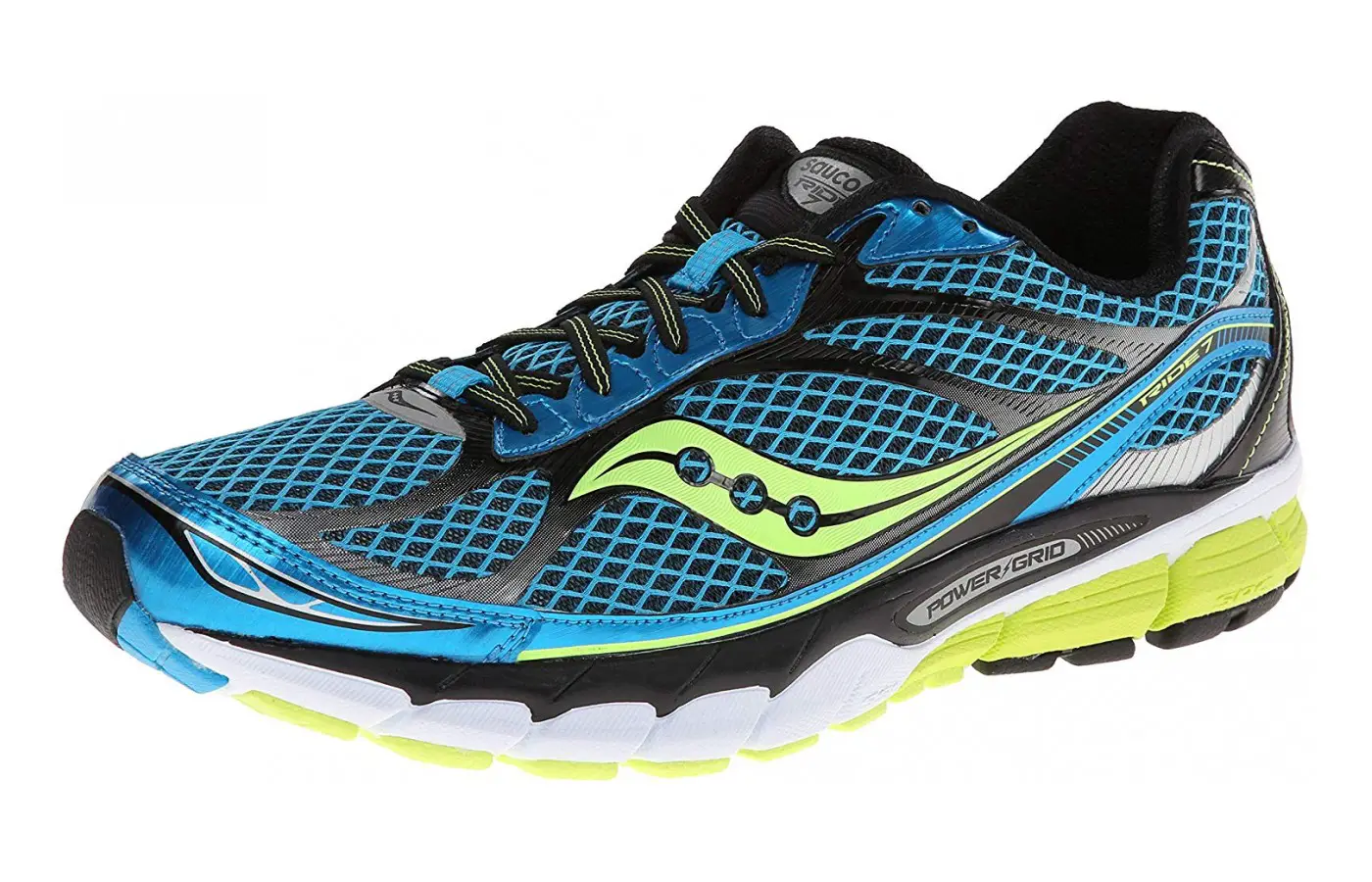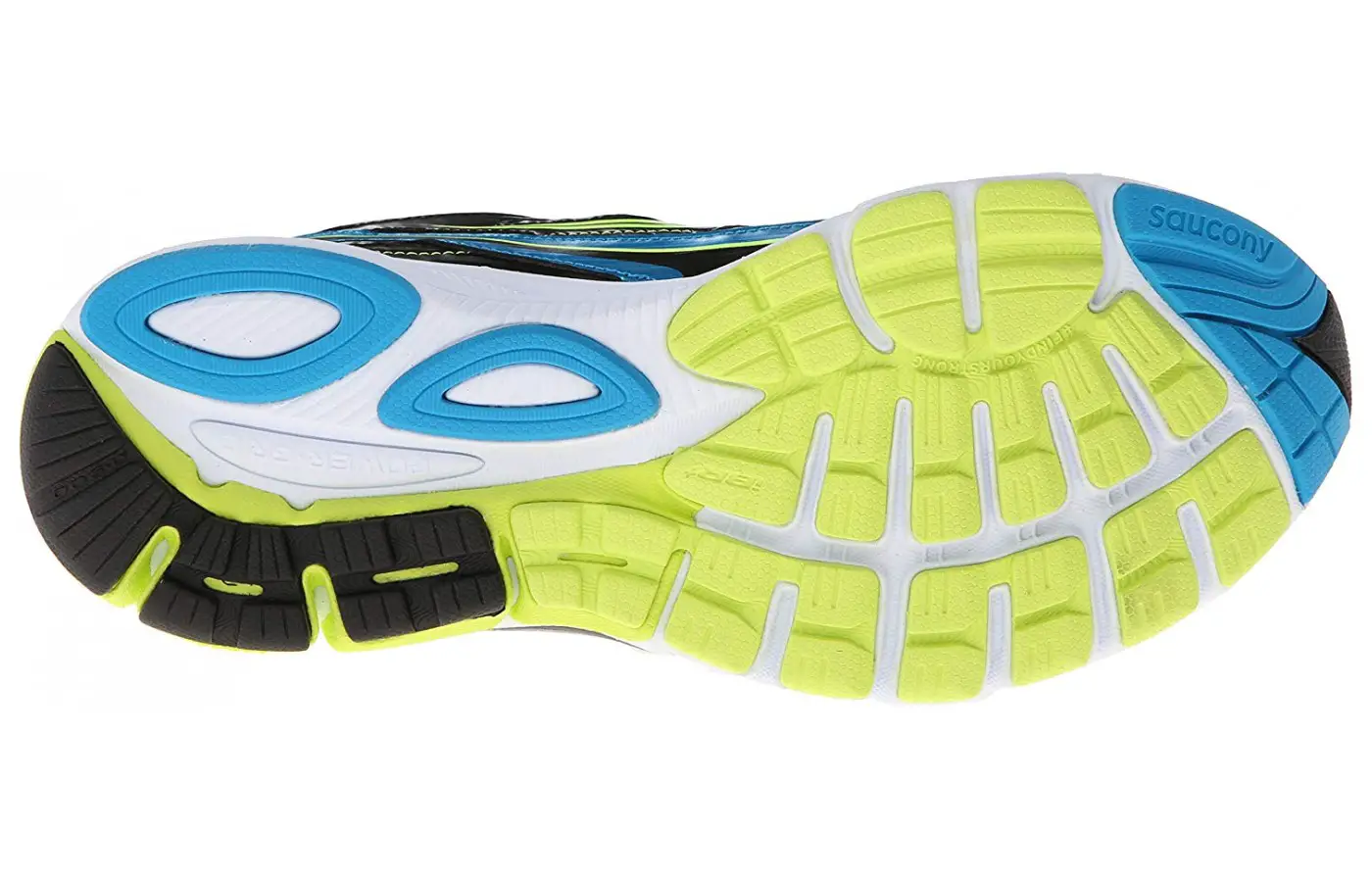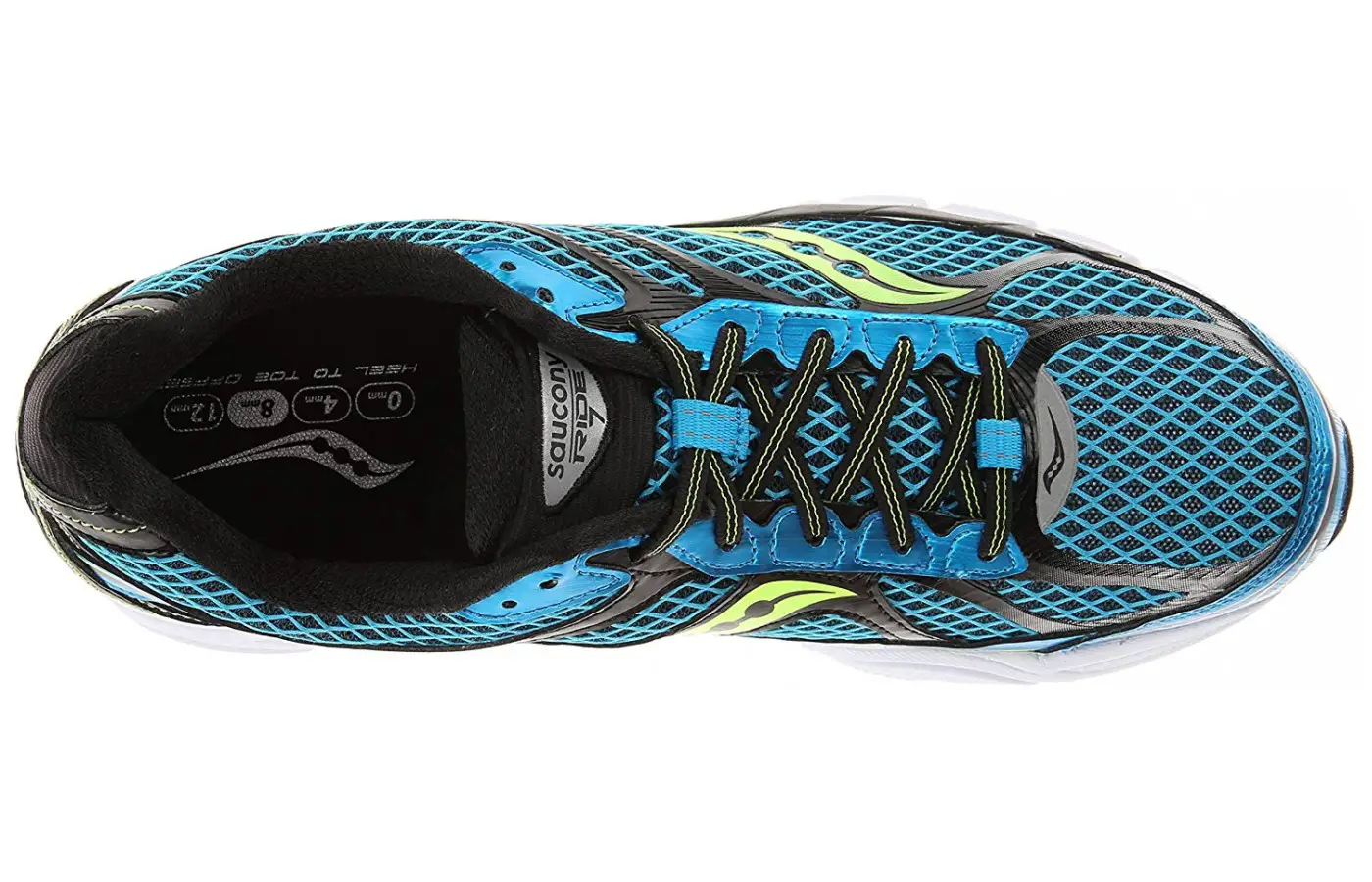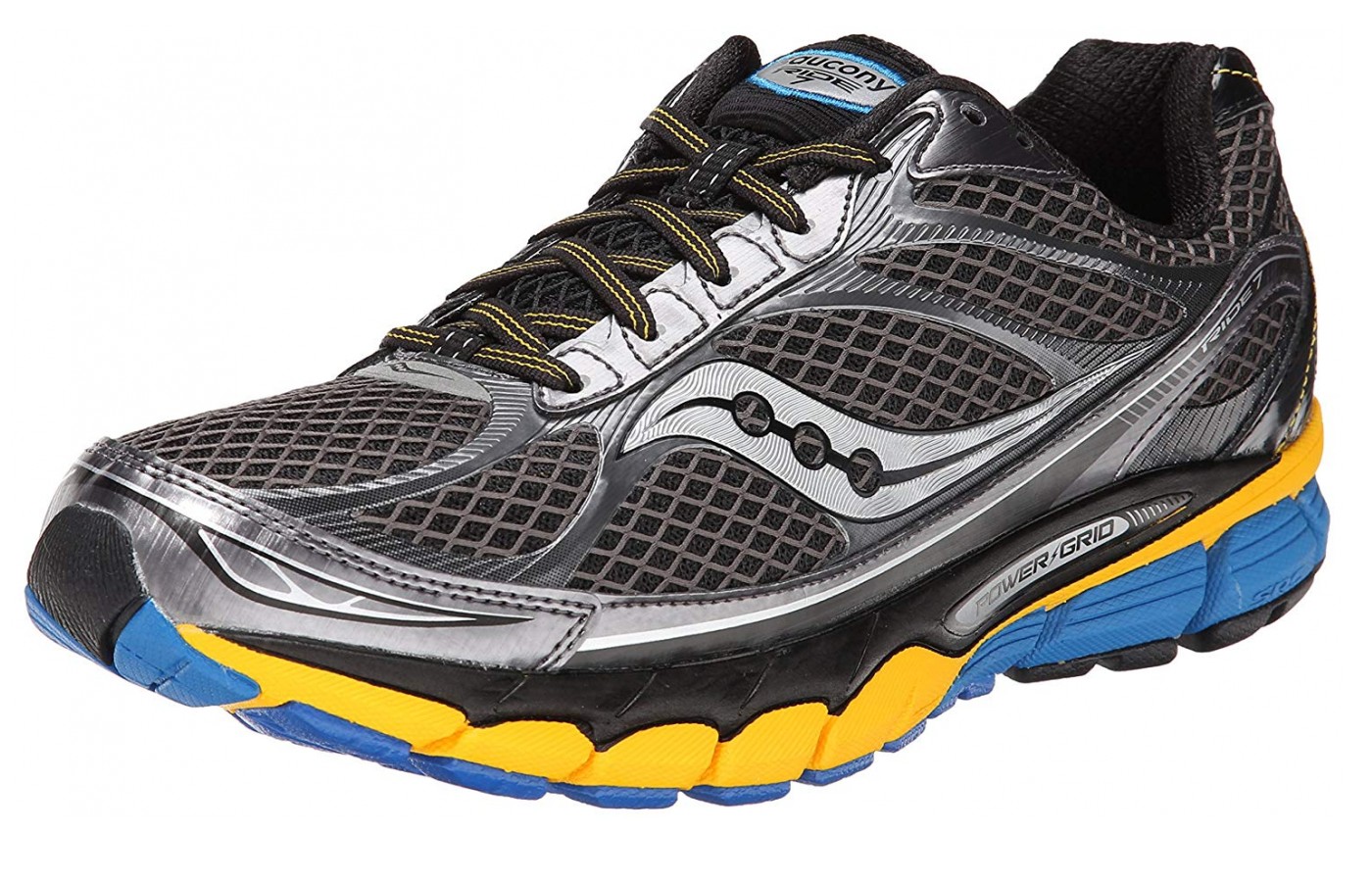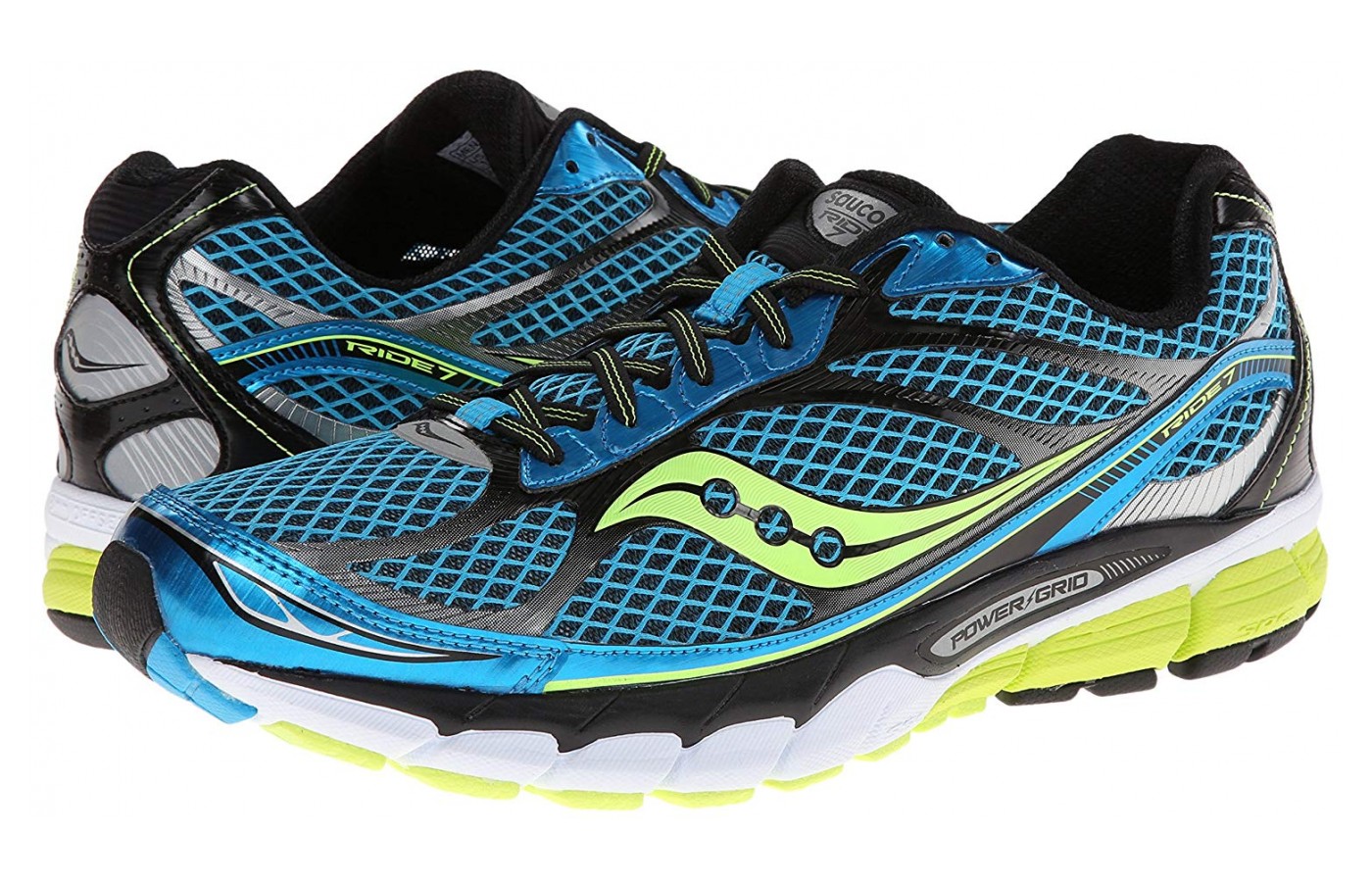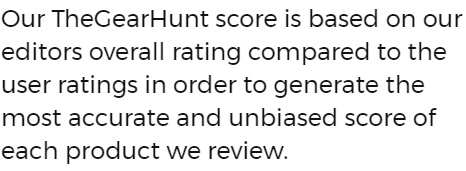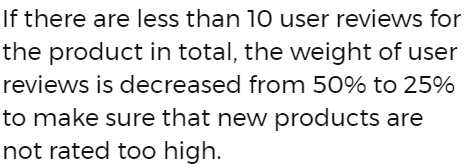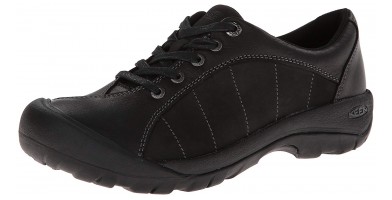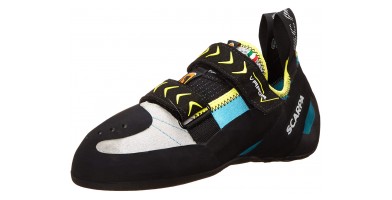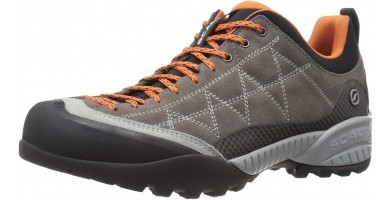Saucony Ride 7
Saucony Ride 7 Review Facts
Any good company in any field knows that with every successful invention or innovation, there is always room for improvement. There are always new developments to be made, and new ways to learn, grow and advance. Saucony is one such company that has proven it can embody this philosophy with every new running shoe they develop – even when they have a great running trainer, they always seek to reach farther, to grow more, and to find new horizons to travel towards. The model being focused on in this particular instance is the Ride – now up to its 10th edition – but specifically, we’re going to be looking at the Ride 7. Don’t let the newer editions frighten you off of this one: the Ride 7 is a solid choice for track or street runners.
Editor's Pros & Cons
Pros
- lighter than previous editions
- no plastic shank
- great for long distance
Cons
- reports of discomfort
- not waterproof
- officially discontinued on Saucony website
Outsole
The outsole of the Saucony Ride 7 has been developed and revolutionized. In the forefoot, to promote durability, flexibility, and responsiveness, they’ve put to use their iBR+ technology: a special outsole rubber that makes the Saucony Ride 7 a great long-distance shoe. Additionally, they’ve added the XT-900 carbon rubber material for increased traction in the heel area. Combined, these improvements have made the outsole a more cohesively functional and long-lasting piece of a delightful running shoe.
Midsole
Older editions of the Saucony Ride used to have a plastic shank in this area of the shoe – presumably it was intended for support, but it led to some discomfort. To answer this feedback, the plastic shank was removed, and was replaced with the new SSA EVA midsole material. This particular midsole material was an update in and of itself, previously referred to as simply EVA, before the redesign and update. Another update to the midsole was the combination of their Powerfoam plus Grid technology, the newly developed PowerGrid being installed from toe to heel, leaving every inch of the base of the foot accounted for.
Upper
Like several other shoes in the Saucony line, the Ride 7 is made with an open mesh upper for breathability and comfort. Like other shoes, such as the Xodus ISO, it bears the RUNDRY collar lining to wick moisture. This is another update from the Ride 6, which bore HydraMax material instead. The Ride 7 also includes another feature to promote softness underfoot within the shoe’s upper, called Strobel Last. All around the foot is the ComfortLite liner, a moisture-wick material that works in conjunction with the RUNDRY collar lining to keep your foot as dry as possible when you sweat. Atop the mesh there are welded-down crosspieces, that come up to the laces of the shoe. It should be noted, however, that these crosspieces are not enough to keep outside water from getting inside the shoe. The finishing touch, of course, being the Saucony logo on the outside of the upper: that ever-recognizable curving swoop with three dots in it.
Weight
The Saucony Ride 7 is considered to be a lightweight running shoe. This makes it lighter; the Ride 7 has decreased in weight from its previous editions. While some consideration needs to be made that a larger size or a wider foot might alter these numbers, the Saucony Ride 7 weighs in at about 8.2 ounces for women’s footwear, 9.4 ounces for men’s footwear. Keep in mind, any alterations (a wide instead of a standard, or different laces) might mean the addition of weight due to the addition of materials.
Breathability
This running shoe is all about breathability. The Saucony Ride 7 has an upper that is made almost entirely of mesh and layers of moisture-wick materials. Just bear in mind that this means running through a puddle will not dry your foot by the end of the run (unless you happen to be running a marathon, and maybe not even that will be enough time). Moisture-wick is intended to pull moisture away from the body as you sweat, but it will not save you if the entire shoe becomes saturated in rainy leftovers in a pothole. Keep your eyes on the road as you run and aim for dry ground.
Comfort
As stated previously, many changes were made from the Ride 6 to the Ride 7 in the name of comfort. Not only did the plastic shank get removed, but a broader forefoot was developed in order to repair some of the complaints from previous editions that it was too narrow, and led to cramping in toes. The Saucony Ride 7 also comes in both standard/medium widths and wide widths, a feature not every shoe in the Saucony line can boast. Unfortunately, with every new innovation there are going to be new snags. There were some reports of minor tongue slide and blisters, though it wasn’t always confirmed if this was simply from purchasing a medium when a wide width would have solved the problem, or some such other simple solution existed. As with every shoe purchase you need to bear in mind that every shoe and every foot is different, and your best bet if you think the Saucony Ride 7 is for you is to obtain a pair and try them on. Take stock of how they feel on every part of your foot, not just how the stride feels – though that is important, too. Also, take into consideration the type of socks you might be wearing, as the quality and even the fabric can affect the way your foot moves within the shoe.
Style
It comes as no surprise to anyone who has ever owned a Saucony shoe in the past that the Saucony Ride 7 comes in at last three colors; there may be some variation on what is available between men’s and women’s, but among the options are red, dark blue, light blue, and purple. No matter which color you settle on, you will be guaranteed to have one of their safety features: a reflective patch on the heel, to make sure you’re as visible as possible – from the ankle down, anyway – if you’re running in overcast or after-dark conditions.
Durability
The outsole being reconfigured to include the XT-900 system did wonders for the Saucony Ride line, making the 7 a better wear for a longer run. There were even reports of it being just as good on the twenty minute runs as the five minute runs with virtually no break-in. This shoe was even used for a half-marathon run – though it is assumed this was after a considerable amount of break-in on the part of the runner. How long any given running shoe lasts depends on the runner who owns the shoe; some runners replace their shoes every six months. Some make it a year. Quoting an exact time frame these running shoes will last you is not something that can accurately be predicted, but suffice it to say that this shoe is built to last.
Protection
The upper being comprised of mostly mesh means that the Saucony Ride 7 doesn’t offer too much in the way of protection from moisture. Not having been designed for trail running, they don’t have some other features that shoes intended for off-roading carry, such as the molded toe shell or gusseted tongue of other shoes in the Saucony line. The Saucony Ride 7 has been reported as working best for those runners with stable, or even slightly high arches, but it was mentioned that some insoles meant to correct small foot abnormalities would fit into the shoe to correct minor grievances.
Responsiveness
Most of the responsiveness of the Saucony Ride 7 is attributed to the iBR+ technology in the forefoot outsole. Both of these aspects promote a zero-ground fall feeling, and propel you forward comfortably on the road or track. It will make every step feel effortless as you round the turn into your last kilometer of your 5k, 10k, or even your half-marathon or marathon. Just remember, every runner’s stride is a little different from every other runner’s stride, so take in advice from whatever sources you choose and then see for yourself if you fall into that advice or not. It’s possible – likely, even – that you’ll fall in with the general majority and feel that smooth ride the Ride 7 might just have been named for; it’s also possible that you might experience something different.
Support
The Saucony Ride 7 is categorized as a “neutral” shoe in terms of support. There is room for insoles if need be, depending on any needs your feet might require. Before you start thinking you will definitely need something, bear in mind that there is an extra pod of cushioned rubber on the outer edge of the midsole of shoe, and a carbon rubber pod on the inside edge, and if your foot had only slight nuances of a need, this might be enough. Remember, though, that these were pointedly not designed to clinically fix a roll out or roll in gait. If you find you have either of these issues and need special orthotic inserts, bring your shoes with you to your podiatrist to discuss it. Be prepared for either eventuality.
Terrain
As we mentioned, these shoes are not meant to be waterproof, so don’t run through wet conditions. They are also – while not totally smooth – not among the designs most intended for severely intense traction grip. These shoes aren’t recommended for trail running, as they generally seem to be designed with an even surface in mind, whether it be a softer, padded track or a paved road. The Saucony Ride 7 has a lot of comfort and tech quality improvements, but that doesn’t mean it’s an all-terrain shoe. Look elsewhere within the Saucony family if you have your heart set on running unpaved trails.
Price
The interesting news is that Saucony no longer carries the Ride 7 in their own online inventory. The good news for you as a runner is the fact that this means acquiring it on Amazon means you will not be paying its original ticket price. Instead, you’ll be seeing it somewhere between $50-$120 in range. The beauty of the savings is nothing to sneeze at, so if you were thinking about the Saucony Ride 7 before, don’t let the fact that it’s not available straight from Saucony change your mind. You’ll still have a fairly easy time procuring this model of running shoe, and you’ll probably be finding a great deal.
Traction
The redesign of the outsole on the Ride 7 and the inclusion of the XT-900, are both engineered for the purposes of improving traction. Vertical flex grooves and the base of the shoe being designed with more points of contact with the ground were more additions taken into account when considering the traction of this shoe. In fact, when compared to the Saucony Ride 6, the Ride 7 was found to have 20% more traction performance. All that said, this traction is all based on a street or running track platform. Always keep the terrain the designers intended in mind when shopping for a new running shoe.
Flexibility
Having the vertical flex grooves added in and the plastic shank removed, as well as the upper being made almost entirely out of mesh, are just some of the ways that prove this shoe is on the more flexible side. The outsole, however, is still made of a carbon-rubber combination that stiffens it up, so don’t pick up the shoe expecting that you’ll be able to touch the toe to the heel like a footwear yoga pose. It shouldn’t be looked down upon, however, because there’s plenty of padding to make your foot feel fine while you’re running, and that’s the most important thing.
Stability
While this shoe has a pretty even balance of firmness and flexibility, comfort and control, the Saucony Ride 7 is made for standard feet. What this means, in this instance, is not the width – because as was mentioned earlier, this shoe comes in wide widths as well as standard widths – but the podiatry needs of the runner’s feet. For example, if you are prone to shin splints, blisters, have heel spurs, or any other number of situations that makes your foot in need of a special insert or orthotic, always take that into consideration when shopping for shoes. Some of these things have been touched upon already in this review, but always do your homework and get professional input. Taking care of your body is the most important thing 100% of the time, for any athlete of any kind.
Drop
At 8mm difference between the forefoot and the heel heights, the Saucony Ride 7 is not considered a low-drop shoe. This can be a good thing, if you’re a distance runner or a heel striker, so hearing that it isn’t a low drop shoe shouldn’t be enough to deter a shopper… unless of course you know about yourself that you need a low drop to run comfortably. Again, you and your doctor will know more about what is right for you than anything else. It should also be noted that there are plenty of shoes on the market with a much higher drop, so while not categorically “low” the Saucony Ride 7 also isn’t necessarily considered to be on the high side, either.
Key Features
-XT-900 carbon rubber material in heel
-iBR+ forefoot material for flexibility
-long distance street or track design
-better deal due to official discontinue
-8mm ramp drop
-iBR+ forefoot material for flexibility
-long distance street or track design
-better deal due to official discontinue
-8mm ramp drop
Bottom Line
The Saucony Ride 7 is not the latest in the line of Saucony Ride editions. It is, however, not a running shoe to be brushed off just because Saucony took the next step. You can still obtain a Saucony Ride 7 freely and easily online, and for less than the original ticket price. This shoe is designed to be a street or track runner, and based on its drop it is meant – though by no means exclusive to – heel strikers. Having a heel-strike gait puts a runner in the majority, so this is in no way expected to disqualify many runners who are shopping for a new running shoe. While not every runner who purchased a Saucony Ride 7 was a distance runner, it should be noted that distance runners made a point of mentioning how comfortable a ride these shoes were from mile one to twenty. Other runners reported that this shoe wasn’t well-matched to their needs and health, so be diligent and listen to your body when giving these shoes a trial run. If your feet, knees, or even something not immediately connected to your feet (such as the lower back) begin to exhibit discomfort. It may appear while you’re on your run, or it may not appear until the next day. Make notes of everything, especially if you’re an experienced runner who has never exhibited something before and it happens after updating your footwear.





